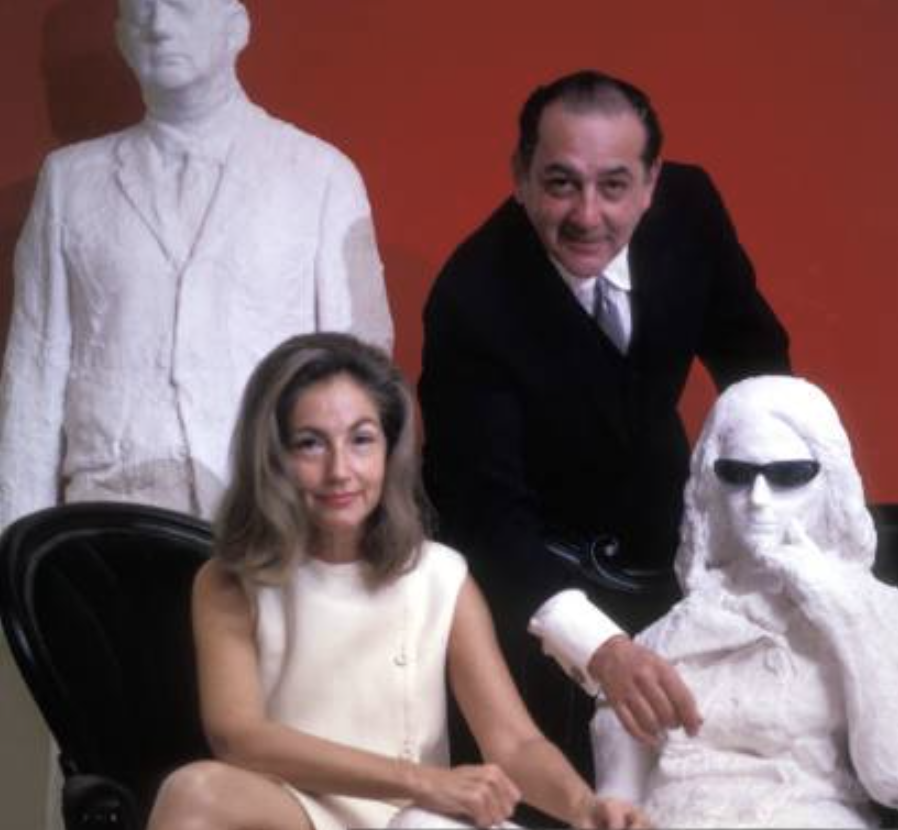The Medicis of Pop:
The first biography of Robert and Ethel Scull
The most famous and successful collectors of 1960s Pop art, Robert and Ethel Scull were also the most polarizing. I am writing their biography for Cornell U. Press.

They were among the first to collect Jasper Johns, Robert Rauschenberg, Mark di Suvero, John Chamberlain and Michael Heizer, but their Bronx manners appalled and embarrassed the art world Jews who had quietly become the greatest force in America's art world.
The Sculls rocked the boat. Their art made them rich and they became America's first collector celebrities. The art market was never the same.